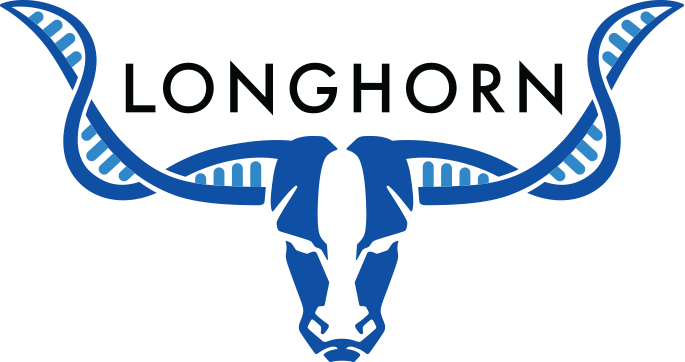What is Inflammaging?
Inflammaging refers to a chronic, low-grade inflammatory state that develops with advancing age, contributing to the onset and progression of age-related diseases, including cardiovascular disease, type 2 diabetes, and neurodegenerative disorders.
Role of Peptidoglycan (PGN)
PGN is bacterial cell wall component classified as pathogen-associated molecular patterns (PAMPs). These molecules are recognized by pattern recognition receptors (PRRs), such as Toll-like receptors (TLRs), triggering inflammatory cascades. Their roles in inflammaging are as follows:
Peptidoglycan (PGN): Found in both Gram-positive and Gram-negative bacterial cell walls, PGN stimulates TLR2 and NOD-like receptors, amplifying immune responses. Persistent PGN contributes to prolonged inflammatory states.
Mechanisms in Inflammaging
PGN drives inflammaging through several mechanisms:
Chronic Immune Activation: Continuous PRR stimulation results in sustained cytokine production, fostering a pro-inflammatory milieu.
Gut Dysbiosis: Age-related gut microbiome alterations increase intestinal permeability ("leaky gut"), allowing PGN and other PAMPs to translocate into the bloodstream, exacerbating systemic inflammation.
Cellular Senescence: Senescent cells produce pro-inflammatory molecules via the senescence-associated secretory phenotype (SASP), which amplifies responses to PGN.
Skin Permeability: Age-related thinning and weakening of the skin barrier increase its permeability, allowing PGN, and other microbial components from skin-resident or environmental bacteria to penetrate more easily, triggering localized and systemic inflammatory responses.
Oral Hygiene: Poor oral health, common in aging populations, leads to periodontal disease and increased oral microbial load. PGN and LTA from oral bacteria, such as those in dental plaque, can enter the bloodstream through inflamed gums, contributing to systemic inflammation.
Impact of an Extended Half-Life PGN Monoclonal Antibody
An extended half-life PGN monoclonal antibody (mAb) offers a promising therapeutic strategy to mitigate inflammaging. By simultaneously neutralizing PGN, the antibody could disrupt the chronic inflammatory cycle at multiple points.


